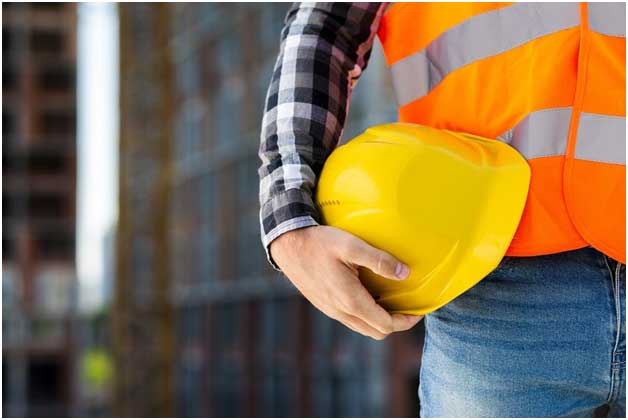Workplace accidents do happen even when following safety precautions to a tee, and human error is behind around 90% of those accidents. Besides what your employer needs to do to keep you and your colleagues safe, there are steps you can take to lower your risk of a nasty workplace accident too.
Why Do Workplace Accidents Happen?
There are several reasons workplace accident continues to happen despite abiding by those strict worker safety regulations and taking all the necessary precautions. The most common two causes of this type of accident is a hazardous work environment and human error.
Some workplaces are hazardous to human health on their own such as construction sites, coal mines, manufacturing plants, and warehouses. Construction workers, for instance, are exposed by default to various kinds of health hazards such as toxic chemicals and dust, heavy machinery, heavy loads, loud noises, heights, asbestos, and slip-and-fall hazards.
If these health risks are associated with human error or inexperience, a worker can get seriously injured just by working on a construction site. Other industries can be just as risky.
Human error is another common reason workplace accidents do happen. For example, a worker may underestimate his physical abilities and fail to ask his co-workers for help when handling heavy loads or machinery. Workers may fail to mop up immediately a spill on the worksite which may cause a slip-and-fall accident requiring multiple days of hospitalization, income loss, and extensive therapy.
Poor work conditions are also a cause of workplace accidents. When an organization decides to cut corners on worker safety such as failure to provide adequate lighting or to address staffing shortages that may lead to overworked and exhausted employees, accidents are bound to happen.
How Can I Avoid Workplace Accidents?
Hopefully, there are things an employee working in a hazardous environment can do to lower his or her overall risk of accidents:
• Get proper rest. Leave enough room in your life for rest and recovery. Steer clear of overexertion and maintain a constant pace. If you are drowsy or exhausted, your alertness may drop to dangerous levels which will boost the risk of being injured or injuring others in the workplace.
• Use the safety equipment. Even if safety gear may impair your movement or cause discomfort, it is there for a good reason: to keep you safe when working in a hazardous setting.
• Steer clear of high-risk jobs. Unless you have the proper training and experience, steer clear of high-risk industries. The risk of getting injured at work skyrockets when human incompetence is blended in.
• Pay attention to the emergency drills or training on implementing the workplace’s safety programs. Being armed with the right knowledge will allow you to take the right decisions when an emergency or health hazard arises.
• Get additional training. When handling equipment or working in hazardous conditions, follow the safety measures, but additional training may be needed, such as body mechanics and ergonomics, which can do wonders for injury prevention in workers handling heavy loads and/or machinery on a daily basis.
• Keep your workspace in order. A cluttered workspace does not only kill productivity, but it can also boost the risk of accidents. Keep the workplace clean regardless whether you’re an office employee or a driveway asphalt worker.
• Report hazards to your superiors. This step is not about playing the blame game. It is mainly about keeping the workplace safe. If you observe anything that might later cause a workplace accident and somebody might get injured, notify the management.
• Ask questions. When the instructions to perform a certain task are not clear, don’t start work without clarifying everything with your supervisor or trainer.
• Avoid shortcuts. Don’t skip any of the steps required to complete a task as you might injure yourself. Many workplace accidents happen not because people are inexperienced, but because they are tempted to take shortcuts.
I Was Injured in a Workplace Accident: What’s Next?
Cervical disc fractures, herniated discs, nerve damage and other similar back and neck injuries are most common in the workplace. These types of injuries can turn into a living nightmare for the injured worker as they may last a lifetime and require special medical attention along the way. Talk to an experienced workers’ compensation lawyer if you were seriously injured at work and need help paying the bills.






